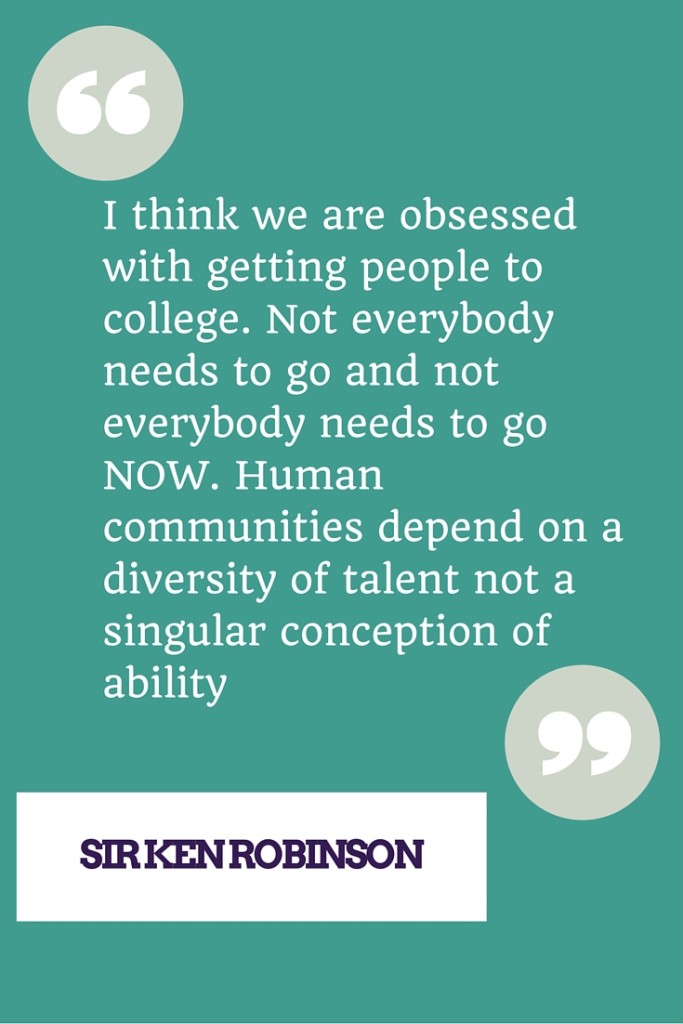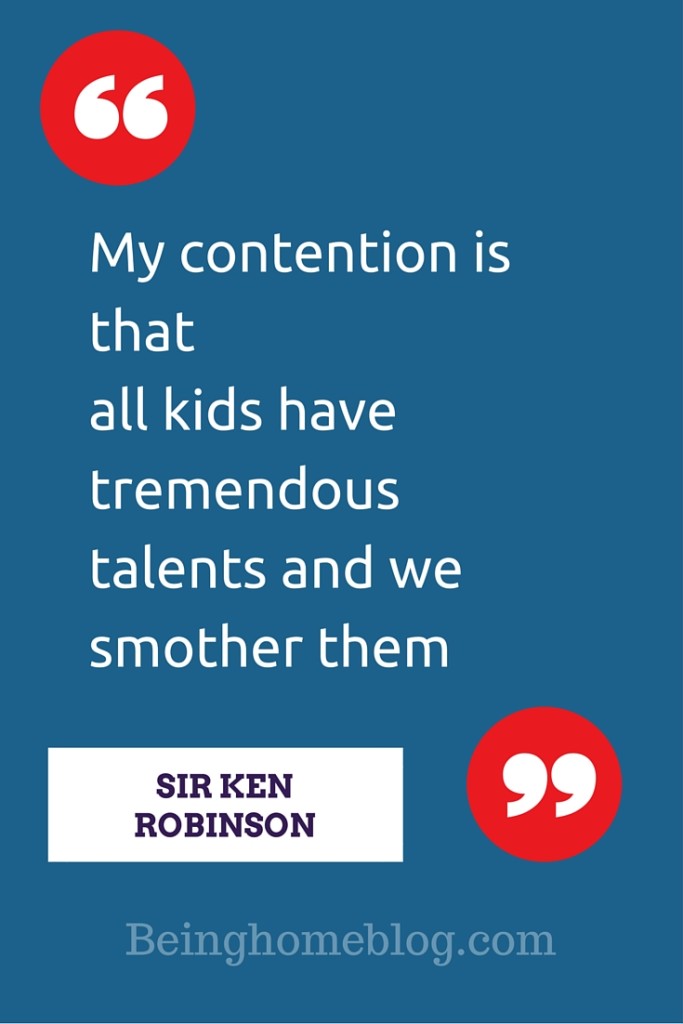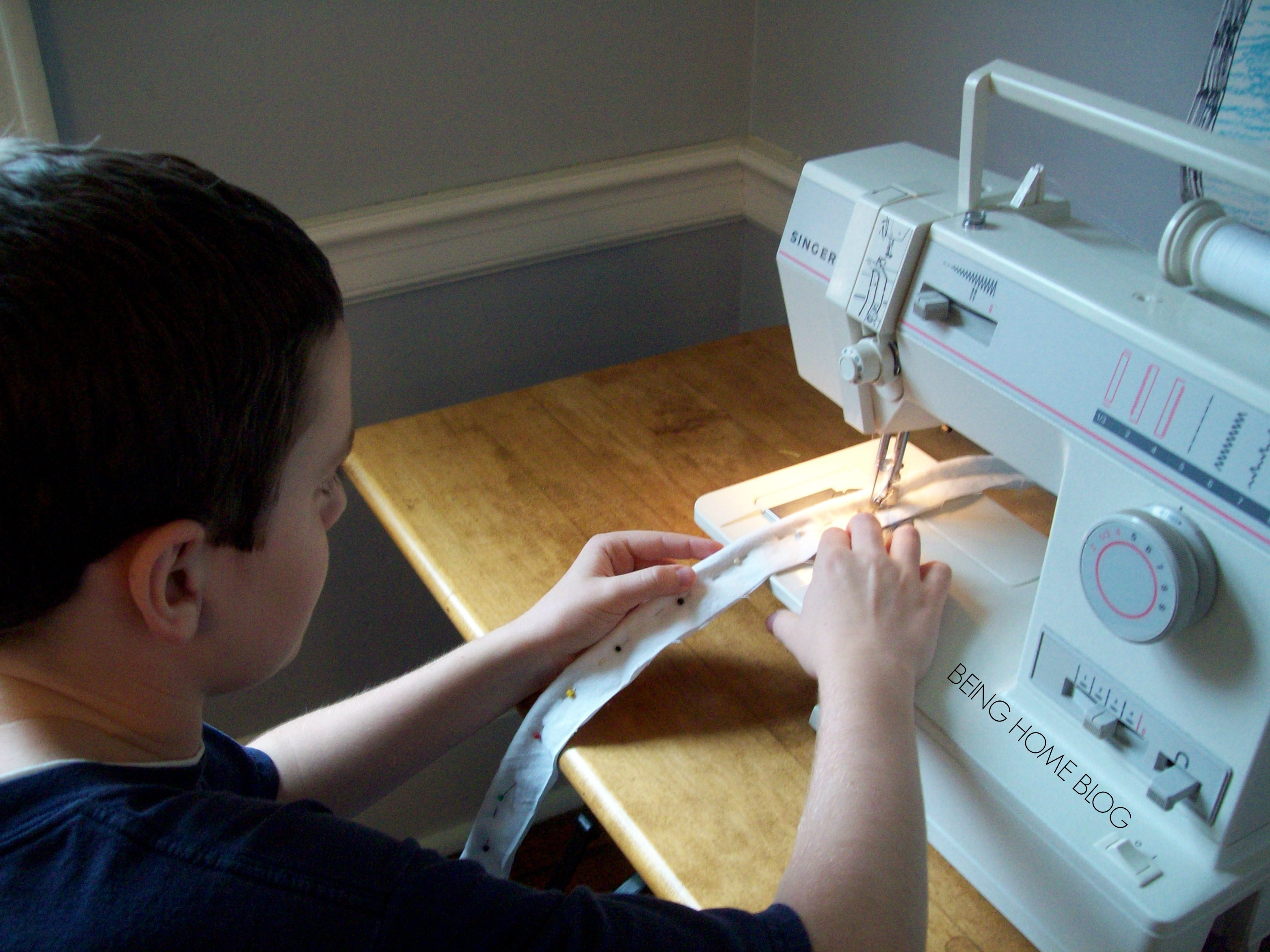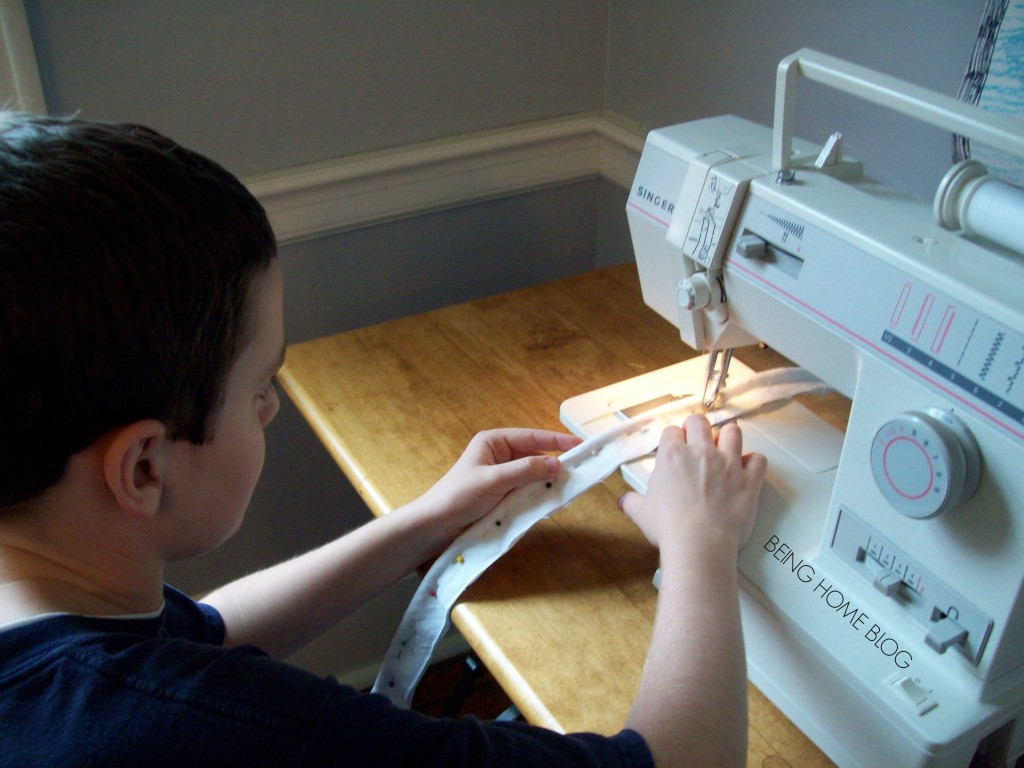
Let’s be clear: I don’t regret saving for the kids’ future. I regret limiting that fund for college.
Like many young parents, Mark and I were anxious to start saving for college. A 529 plan was the no-brainer option at the time. The fund grows tax-free and as long as the money is used for a “qualified education expense”, the interest is never taxed. There can also be state tax deductions for contributions.
So, here’s why I regret saving in a 529: There are so many valuable and practical ways to learn outside of college that can’t be funded by a 529 without paying taxes and penalties on the interest.
Nineteen years ago (the year Hannah was born), college appeared to be the only and best way to have a career and wasn’t nearly as expensive. In 1996, 52% of Bachelor’s degree recipients carried student loans averaging $12,000 (which is the same amount I graduated from college with in 1990). Today, at least 71% of college graduates have student loans averaging $37,000.
In contrast to the 1990s, high school students can begin to teach themselves skills that add value to a fast-paced, global economy. College is required for some professions (academia, law, medicine) but isn’t for many others.
Apprenticeship programs, gap years, online certification programs, fellowships, world travel and small business opportunities are all valuable and practical alternatives to college that can’t be paid for with 529 funds without penalty.
[tweetthis display_mode=”box”]529s are a subsidy for institutions that are overcharging and under-delivering.[/tweetthis] They’re one form of university welfare. The other forms are private loans, grants and government-subsidized loans. Students aren’t really the beneficiaries of these forms of assistance when a degree doesn’t guarantee a job or skills that employers say are lacking in most college graduates. (Don’t believe me, read this book about the skills gap).
Hannah graduated from high school and has no plans to attend college. Instead, she’s participating in a program that matches highly motivated young people with a small business or startup willing to train them.
Praxis charges tuition but boasts a net-zero cost because the total payment is less than the guaranteed pay the participant receives from the business partner during the apprenticeship. In addition to skills training, Praxis offers one-on-one mentorship, weekly group discussions and guidance on personal and professional development projects. Every participant has a tangible body of work to show potential employers at the conclusion of the program. The Praxis model has been so effective that business partners now commit to a full-time offer with a minimum salary of $40,000 for participants. No college will guarantee that.
By the time her classmates graduate, Hannah will likely have saved as much or more than they have borrowed in the same time period. She’ll be earning as much or more and she’ll likely be living on her own. Compared to other 18-34-year-olds, who, for the first time ever, are living with parents more than any other living arrangement.
So, what to do with all that money we saved for college? We could transfer the 529 to one of Hannah’s siblings. We put that money aside for Hannah, though, and frankly, I’d rather see it go to photo equipment (Hannah’s business), studio space, even a car, than an over-priced college.
Even though she’ll pay taxes (at her rate) and a 10% penalty on the interest, we’ve decided to use the money in Hannah’s 529 plan to pay the tuition for Praxis. The interest and penalty combined don’t compare to the interest that most students will end up paying for the lifetime of the loans they’re taking.
I’m not so put-off by the taxes owed because if we had it in any other type of fund, we would have been paying taxes on the interest all along. The penalty stings a little since she’s using the money for a program that has a guaranteed ROI and is tens of thousands less than college would have been.
Hopefully, 529 rules will expand with growing opportunities in our rapidly-changing world that make more sense than college. Any changes will likely come too slowly to help my children.
I’m not sure what will happen when the college bubble finally pops. Likely, even those who opt out will be stuck holding the bag. University Provosts everywhere will continue to receive their bloated salaries or maybe they’ll run for the hills taking their golden parachutes with them.
Rethink opening that 529. There are other ways to save in a high-growth fund for a minor. You can still use that money for college but you’ll have other options.








